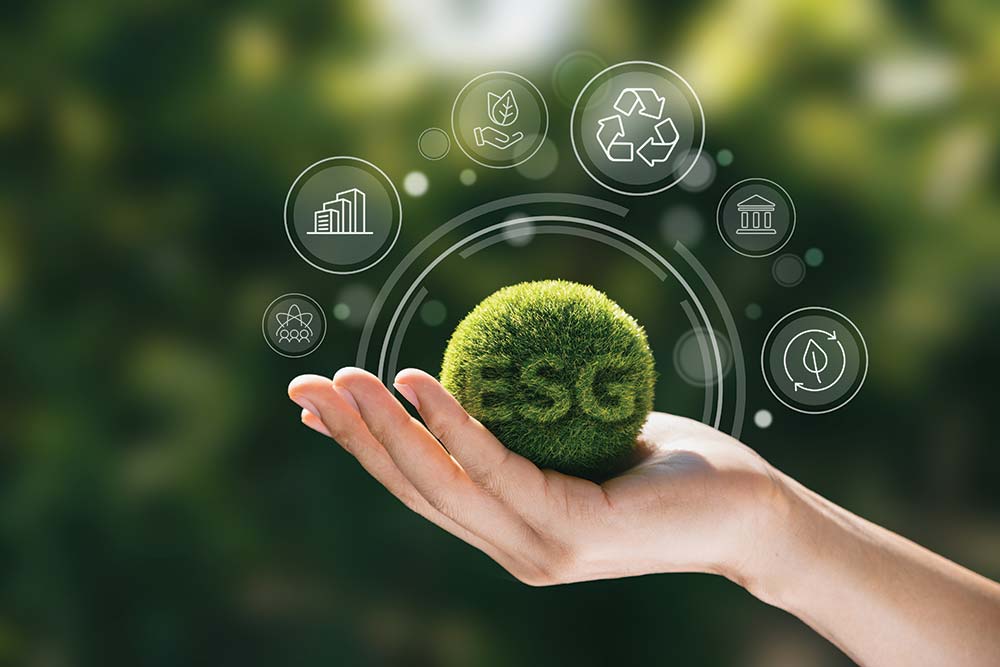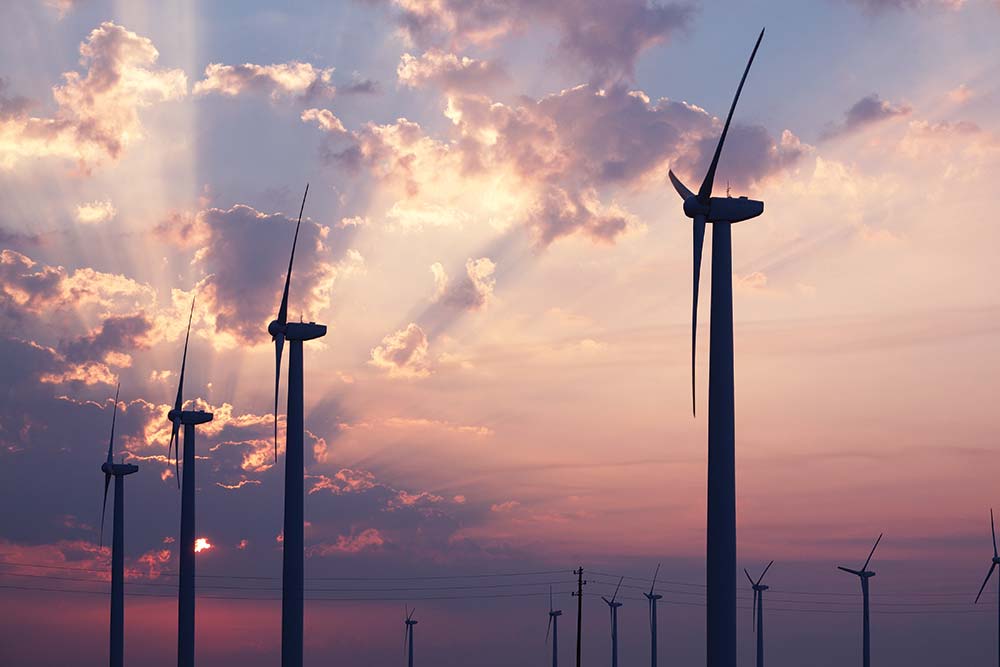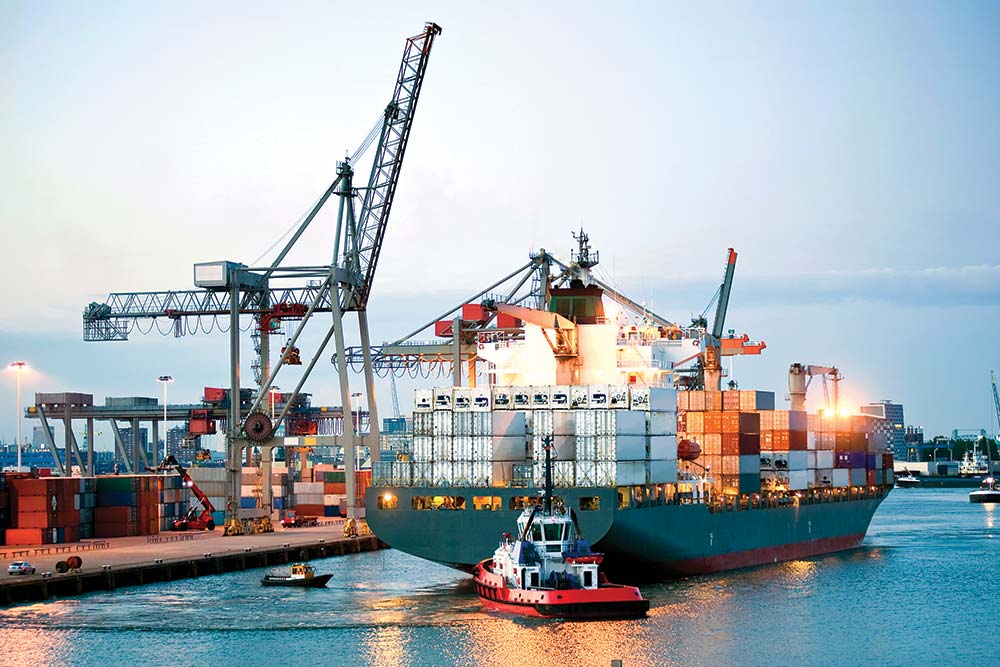India assumed the G20 presidency on December 1, 2022, and will convene the G20 Leaders’ Summit in 2023. The key focus of this summit is renewable and sustainable development goals.
In 2021, during the UN Climate Change Conference, which is also referred to as conference of parties (COP26), Prime Minister Narendra Modi gave five milestone commitments known as “The Panchamrit”. These called for reduction in use of fossil fuel, reducing carbon emission, and making India “net zero by 2070”.
To meet these milestones, India needs funds, and one of the ways to do that is through bonds. In this regard, the Securities and Exchange Board of India (Sebi) came up with a consultation paper in August on green bonds to further strengthen the regulatory framework and expand the definition of green debt securities. The paper also introduced the concept of blue bonds. Let’s understand what these are and where does India stand in terms of their uptake.

What Are Green And Blue Bonds?
- Green bonds raise funds from investors to finance environmental and climate-related projects and provide them with fixed payments
- Examples would be renewable energy projects, such as wind mills and solar power parks
- Blue bonds raise funds to support projects related to sustainable use of ocean resources and create a ‘blue’ economy by supporting projects such as sustainable fishing, ocean resource mining
- The World Bank says blue economy is created by the sustainable use of ocean for economic growth, improved livelihoods, and job creation

Why Does India Need Them?
- India is a leading country in terms of renewable energy, and it needs funds to boost growth. It is the third-largest producer of renewable energy in the world
- The country has the fourth-largest wind energy capacity and the fifth-largest solar-installed capacity in the world
- India has a 7,500 km long coastline and 14,500 km of navigable inland waterways. The development of a blue economy can serve as a growth catalyst
- At present, the blue economy comprises 4.1 per cent of India’s total economy

Where Does India Stand?
- Indian companies raised $7 billion through ESG and green bonds in 2021, with 14 issuers raising Rs 4,539 crore as on June 30, 2022
- Most green bonds are listed abroad, according to the Sebi paper. Experts say this is because of favourble conditions abroad and poor domestic demand
- India has kickstarted the initiative to develop the blue economy by announcing project Sagarmala
- Under this project, the government plans to bring in development around India’s coastal regions, through projects, such as new port development, and existing port modernisation, among others

